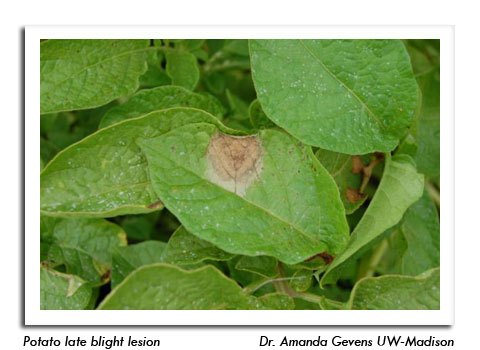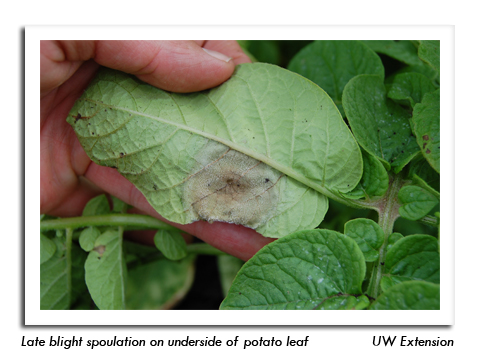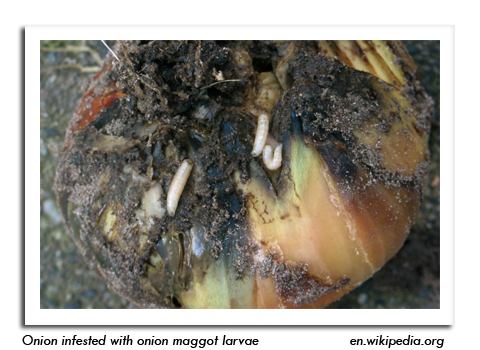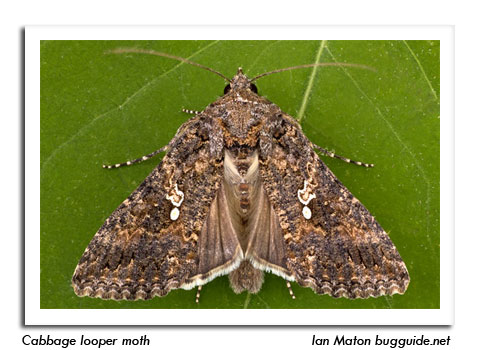
 |
|
|
Vegetables
Volume 62 Number 16 Date 08/17/2017 LATE BLIGHT - UW-Extension Vegetable Pathologist Dr. Amanda Gevens reports that late blight has been confirmed in commercial potato fields in Portage County, and on tomato in Dane, Pierce and Waukesha counties. This disease can develop rapidly under current weather conditions, and entire plants may decline and die in as few as 7-10 days. Gardeners are advised to monitor plants for signs of infection, including brownish-black water soaked leaf lesions, dark stem lesions or sunken golden- to dark brown spots with distinct rings on the fruit surface. Removal and destruction of infected plants is required if lesions are noticed. Composting will not generate sufficient heat to kill the pathogen and is discouraged. ONION MAGGOT - Third-generation flies have begun emerging in southeastern and central Wisconsin. Larvae resulting from this final generation of the season will overwinter in cull onions or bulbs left behind in fields. Proper sanitation and rotating to a non-crop host are the recommended controls for growers who experience onion maggot problems this summer. ONION DOWNY MILDEW - The confirmation of onion down mildew (ODM) in Walworth County by the UW last week should signal to onion growers to begin closely monitoring production fields and gardens for disease symptoms. ODM is a very destructive disease that can rapidly develop and spread throughout onion plantings when temperatures are favorable (less than 72°F) and foliage remains wetted by dew, fog, humidity, irrigation or rain. Symptoms are most noticeable on older leaves, and include small whitish patches that elongate and produce purple-gray, velvety growth on the foliage surface. Infected leaves become pale green or yellow, turn brown and then collapse. Although ODM does not kill onion, it can reduce bulb size and quality, and can affect storability. Management recommendations include implementing a three or more-year rotation to non-hosts, eliminating culls and volunteer onions, avoiding excess N and overhead irrigation, and planting rows parallel to prevailing wind to avoid prolonged leaf wetness. CABBAGE LOOPER - Migrants are expected to begin arriving soon. Increased scouting is advised beginning now and continuing through early September. A 10% infestation threshold is suggested from early heading until harvest to protect the market quality of cabbage. The same threshold applies to broccoli and cauliflower once flowers or curds begin to develop. -- Krista Hamilton, DATCP Entomologist 





|
|
|